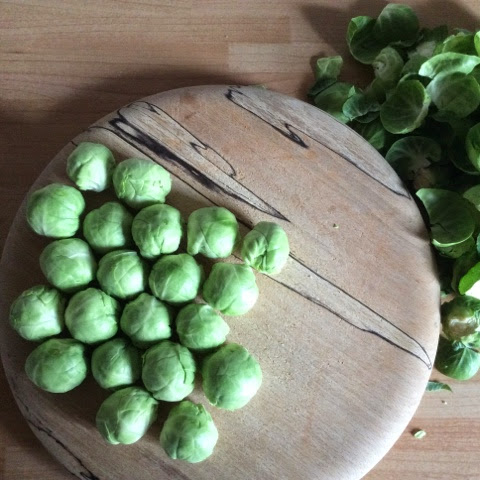Phew, what a couple of weeks. Last I looked it was half-term - what happened?!
Without further ado (and there has been much ado around here - but that's for another post) here is some much-promised texture - and there's a lot of it, so take notes!
(if you think you've seen this before, that's because I posted the pic in October when I finished it!)
This piece is stitched with standard free motion machine embroidery, no funny business, and the texture is purely from the textured threads and fibres that I have couched down. The orange leaves are stitched by hand, but everything else is machine stitch. Just shows what you can do with a stash of thick and hairy threads and wools!
Teaching point 1: when you couch down hairy things that are likely to get caught up in the foot, use a cocktail stick NOT your fingers to hold it down, and maybe stitch backwards so the prongs of your embroidery foot don't get caught up in the fibres.
Teaching point 2: automatic/programmed patterned stitches such as the blind hemming stitch are brilliant for couching - they hold things down, but don't knock back the texture. Obviously, you wouldn't free motion stitch this - raise those teeth back up again and put the normal presser foot back on.
One of my favourite bits is the hedgerow in the middle - I rediscovered free-motion sideways zigzag and it was just perfect for adding this line of sticky twiggyness.
3. Sideways zigzag: set your machine for free motion stitching as usual, but instead of running stitch, select zigzag - with a nice wide zig (or zag!). You also need a very firm fabric base or fabric in a tight hoop for this one. When you stitch, remember you are still in control of the direction of the stitch, but the needle will be jumping from left to right. Move the fabric gently from left to right, so the lines go sideways and not up and down. Be very careful not to move the fabric too fast, as the large sideways movement makes it more likely that you will bend the needle (and then it will inevitably hit the needleplate and break).
Di demonstrates the effect beautifully here:
and you can see how (a) it can be used for colour mixing, (b) how much the fabric puckers - it really does need to be drum tight.
Right! Next!
You may also have seen this picture before, on my
Facebook page. This is stitched almost entirely UPSIDE DOWN.
Carol Naylor is an absolute superstar at this, and one of my textile heroes!
This is called cable stitch. To do it, you wind a thick, smooth thread onto your bobbin, and then adjust (loosen) the bobbin tension to allow the thread to flow smoothly. I will say no more, other than all machines are different, but some are better than others than this...cough Bernina cough...
Perle threads are brilliant, as are crochet cottons and stranded cottons. Just nothing knobbly or too thick. The above piece features rainbow sock wool, and let's just say that I was pushing it to get away with that...And don't forget that you will be stitching upside down, so you need to mark where you want the thick cable stitch to be - so you do this by roughly stitching the outline of the various shapes first, before turning the fabric over.
Here's what the troops have been doing with cable stitch practice:
(the green thread)
(the blue thread)
(the pink thread)
And finally for today, we have also been playing with whip stitch and feather stitch. No thick threads here, normal sewing threads. To stitch these:
4. Whip stitch: tighten the top tension on your machine, and stitch (free motion) really fast! If you are lucky the bobbin thread will pull up through the fabric and "whip" over the top thread to create a raised line. You may need to loosen the bobbin thread a tad to get it to whip up, but you may get away with it. Again, all machines are different...
5. Feather stitch: Exactly the same, but try and get even more thread to whip up (you will almost certainly have to loosen the bobbin now) and work in circular and wiggly movements - as you turn the corner or go round in circles, the top thread pulls itself into a tight circle, and creates a ring of lovely feathery bits with the bobbin thread.
just look at that bush on the left, fantastic feathering! And those whip stitch crop lines...
And the grey line of feather stitch, below the blue...
There are many, many more photos of other works in progress that I could show you - but I'll save them for next week when I can reveal what we've been working towards. Yes, it involves landscapes, and yes, it was ambitious, but I think we might have pulled it off! Fingers crossed!



























































